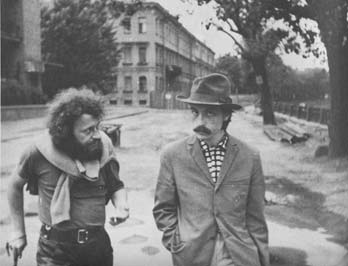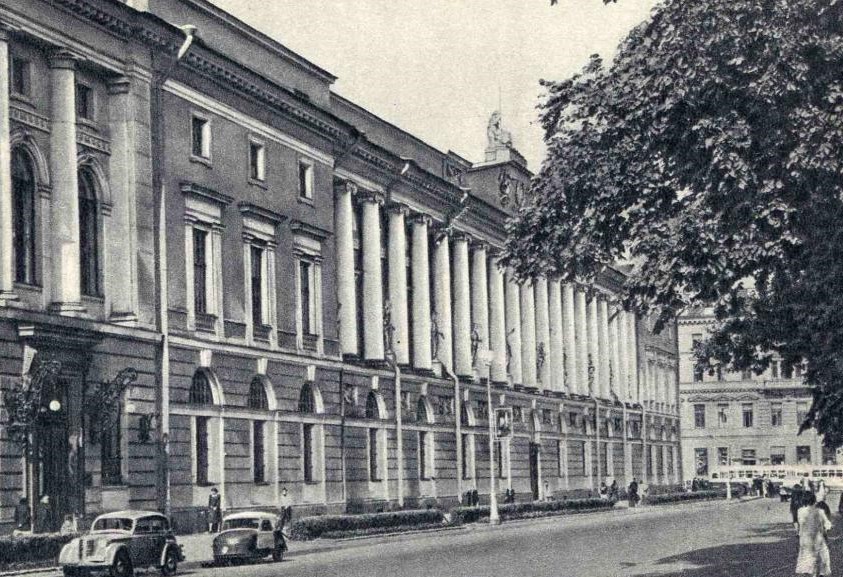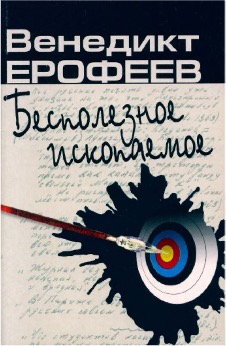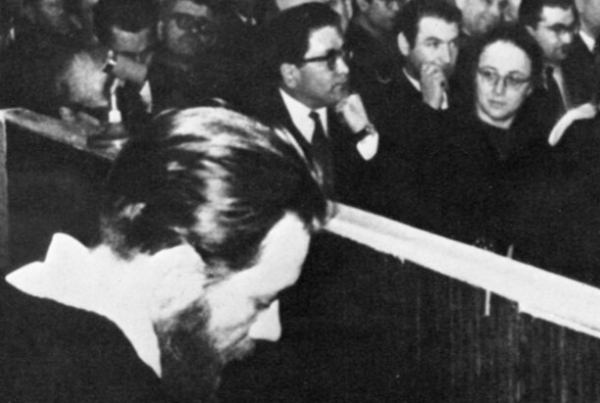
Konstantin Kuz’minskii and Vladimir Ėrl’. Novaia Gollandiia. Belye nochi. 1972 ?. Pic: Pti-Boris.
Dates: 1964–1973
Place: Leningrad
Members: Vladimir Ėrl’, Aleksandr Churilin, Andrei Gaivoronskii, Tamara Bukovskaia, Dmitrii Makrinov, Aleksandr Mironov, Evgenii Venzel’, Vladimir Britanishskii, Viktor Nemtinov, Boris Kudriakov, Nikolai Nikolaev, Viktor Shirali and others.
Publishing initiatives: Almanac Fioretti (1965)
Description:
The toponym Malaia Sadovaia (literally ‘little Sadovaia’) refers to the street at the corner of Nevskii Prospekt, where the famous Eliseev delicatessen was before the Revolution. In the mid-1960s, in a corner of the shop, that had been nationalized and renamed “Gastronom n.1”, an Espresso vending machine dispensed (cf. Sabbatini 2005: 86-87) triple-shots of coffee with a legendary reputation and “vaguely narcotic effects” (Parisi 2013: 295). It was here that unofficial writers and artists met with bohemiens and other visitors. Not everyone was a writer but according to Vladimir Ėrl’, the driving force and one of the most authoritative and charismatic voices in the group, everyone was in a certain sense a “poet of Malaia Sadovaia” (cf. Dolinin 2003: 425). The number of malasadovtsy grew in a short time to two-three hundred and it became necessary to let customers wander into areas near the shop (for example, next to the monument dedicated to Catherine II or in the courtyards of the houses nearby). Not far, on the other side of the Nevskii Prospekt, is the National Library, also known as “Publichka”, which was another meeting place of the Malaia Sadovaia poets. Among its shelves, and on the shelves of other libraries where malasadovtsy worked as archivists or room assistants, there were texts that could not be found elsewhere, which were studied and read in the kurilki, or smoking rooms, which were transformed into places for learning and discussion (cf. Sabbatini 2005: 87). Indeed, the artists of Malaia Sadovaya are sometimes remembered as bibliotechnye poėty (librarian poets).
In 1964, the year when the group started to meet regularly, a public reading was organized at the city’s Pedagogical Institute (cf. Dolinin 2003: 425). The edition of the samizdat almanac, with the explicitly Franciscan title Fioretti (cf. ibid.: 467; Caramitti 2010: 21) published thanks to efforts by Aleksandr Churilin’s and including works in verse and in prose by sixteen malasadovtsy (among them, Aronzon, Ėrl’ and Mironov), represents one of the first examples of editorial self-affirmation of a group not linked to officialdom (cf. Severiukhin 2003: 21-22). In the spring of 1965, the group planned a joint publication with the Muscovite group SMOG in the tamizdat magazine “Grani“, but the KGB discovered and stopped the project, thus preventing what would have been an important connection between the Leningrad and Muscovite undergrounds (cf. ibid.: 22; Sabbatini 2005: 88).
The list of regulars at Malaia Sadovaia is huge: in addition to the names mentioned above, habitués included Andrei Gaivoronskii, Tamara Bukovskaia, Dmitrii Makrinov, Aleksandr Mironov, Evgenii Venzel’, Vladimir Britanishski and Boris Kudriakov. There were also many poets who frequented the group more erratically; among them, Konstantin Kuz’minskii, Viktor Krivulin, Iosif Brodskii and Leonid Aronzon, a leading figure for the entire era, who died at the age of thirty-one, probably by committing suicide. Unlike the earlier generation of writers, who began their careers in the second half of the 1950s, a time full of illusions, the malasadovtsy took an independent stance both towards officialdom and previous models such as modernism, illustrated, for example, by the foundation of the Khelenukty group in 1966 thanks to the energy and creativity of Vladimir Ėrl’ and Dmitrii Makrinov’s. At the end of the decade, when the coffee machine stopped working (it was removed by the authorities in 1973), many regulars of the Malaia Sadovaia moved to the tables of the nearby Saigon Café, which had opened its doors in 1964 (cf. Dolinin 2003: 425).
Federico Iocca
[30th June, 2021]
Translation by Alice Bucelli
Bibliography
- Caramitti M., Letteratura russa contemporanea: La scrittura come resistenza, Laterza, Bari 2010.
- Dolinin V., Ivanov B., Ostanin B., Severiukhin D. (eds.), Samizdat Leningrada. Literaturnaia ėntsiklopediia, Novoe Literaturnoe Obozrenie, Moskva 2003.
- Dolinin V., Severiukhin D., “Preodolen’e nemoty”, in Dolinin V., Ivanov B., Ostanin B., Severiukhin D. (eds.), Samizdat Leningrada. Literaturnaia ėntsiklopediia, Novoe Literaturnoe Obozrenie, Moskva 2003: 7-51.
- Parisi V., Il lettore eccedente. Edizioni periodiche del samizdat sovietico. 1956-1990, Il Mulino, Bologna, 2013.
- Sabbatini M., Tra il Sajgon e Praga. Il sessantotto e dintorni a Piter, “eSamizdat”, III (2005), 2-3: 86-89.
To cite this article:
Federico Iocca, Malaia Sadovaia, in Voci libere in URSS. Letteratura, pensiero, arti indipendenti in Unione Sovietica e gli echi in Occidente (1953-1991), a cura di C. Pieralli, M. Sabbatini, Firenze University Press, Firenze 2021-, <vocilibereurss.fupress.net>.
eISBN 978-88-5518-463-2
© 2021 Author(s)
Content license: CC BY 4.0





